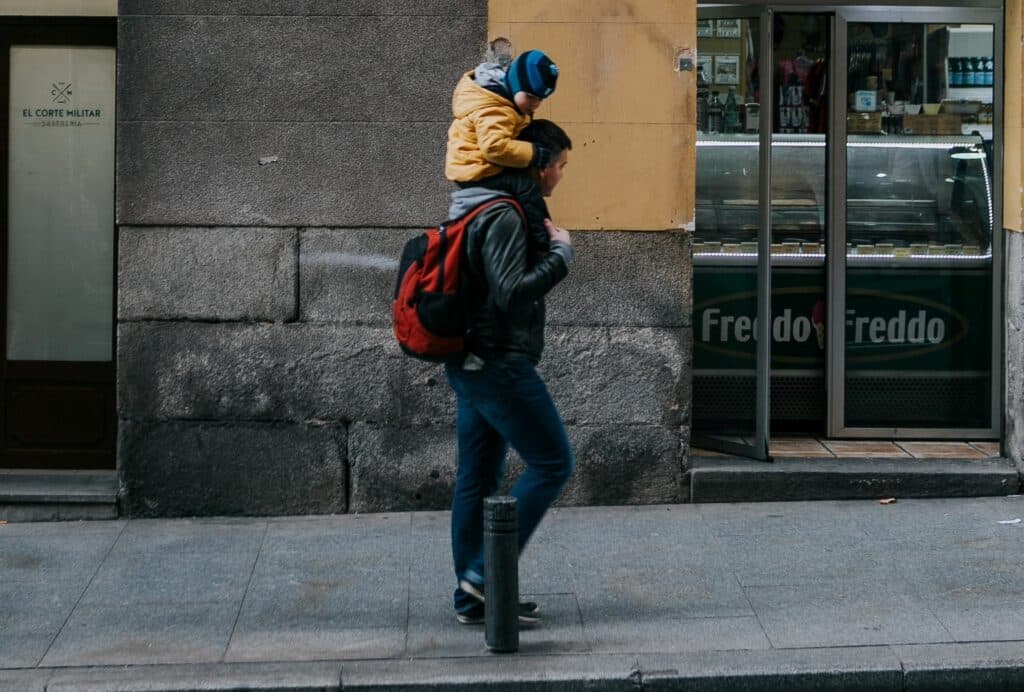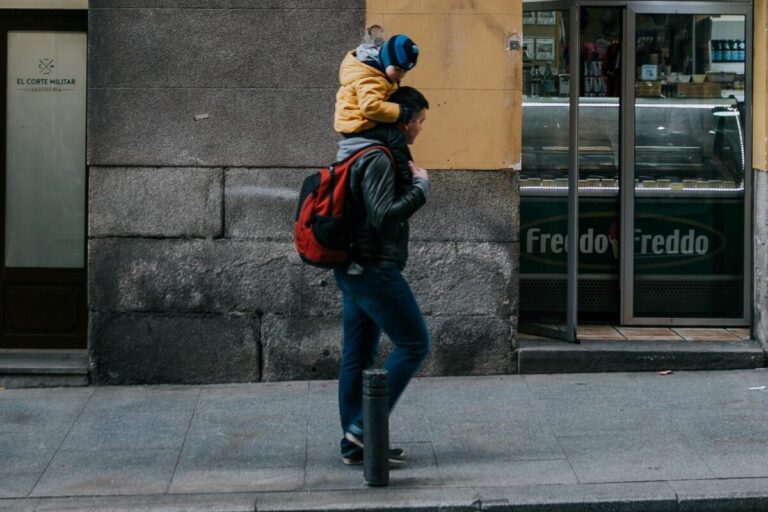From Madrid to Barcelona to Seville, Spain has no shortage of cities and towns that can provide a high quality of life for you and your family. When planning your big move, you’ll have a lot of things to research, like the best way to find somewhere to rent, and what the Spanish income tax requirements are. For parents and guardians, there’s also the important question of exactly how the Spanish education system works.
At Remitly, we understand that it can be challenging to sift through all the information out there. That’s why we’ve put together this quick, clear guide to schools in Spain. Read on for the essential information on how the system is structured, and how to enrol your child when you arrive in the country.

Types of Spanish schools
Primary and secondary schools in Spain come in three categories. Let’s look at them in turn.
State schools (colegios públicos)
These make up the majority of Spanish schools, and, since they’re funded by the state, you won’t have to pay for your child to attend. While certain core subjects like science and mathematics are always taught, Spain’s different autonomous regions also have a say in what’s taught in their schools. Plus, the primary language used in schools can depend on where you are. In Barcelona, for example, lessons are largely taught in Catalan.
State-subsidized private schools (colegios concertados)
One of the striking aspects of the Spanish education system is the prevalence of what can be described as ‘semi-private’ schools. These can bring some of the benefits of private education, such as smaller class sizes and higher academic standards, while being able to charge relatively affordable fees since they receive funding from the Spanish state. Many concertados are Catholic schools, and all must comply with national and regional regulations regarding term times, courses, and enrolment procedures.
Fully private schools (colegios privados)
Spain also has its share of schools that are entirely private, which means they don’t receive any state funding and therefore charge higher fees than concertados. These schools have the freedom to set their own term times, courses, and teaching methods, and each will have its own application process for new students. If you’re considering a private school for your child, you should contact possible schools directly to find out exactly what the application process is. Particularly prestigious schools should be contacted as far in advance as possible to maximise your chances of success.
Primary and secondary schools in Spain
Whether they’re attending public, semi-private or private schools, children in the Spanish education system must commence full-time primary education (educación primaria) in the year in which they turn six. Then, from the age of 12, children must attend compulsory secondary school (educación secundaria obligtoria), which lasts four years. After this, teenagers have the option of undertaking two more years of either vocational training or academic courses in preparation for university (bachillerato).
The school year typically commences in September, while the enrolment process for primary school or secondary school usually takes place in the early part of the year (exact dates will depend on the school and the region you’ve moved to). If you’re arriving in Spain when the school year is already underway, you may be able to enrol your child to start as soon as possible, or to join the school at the start of the next term.

How to enrol your child at school in the Spanish education system
There are two main steps to follow when placing your child at either a primary or secondary school. Let’s go through them.
1. Padrón registration
Before you can make a school application, you’ll need to be listed on your region’s official population register, or padrón. The application form may have to be filled out in person at the town hall (ayuntamiento) or the designated local council office, or you may be able to do it online through the municipality’s website. The documents you have to provide with the application will differ from area to area, but typically include:
- Your passport
- Proof of residency
- Your NIE (foreigners’ identity number)
- Proof of your address, such as rental agreement and recent utility bills
2. School application
Once that process is completed, you’ll be able to apply for a school place – typically by submitting a list of preferred options. The education department of the ayuntamiento should be able to guide you on this matter. Its website may have a directory of local schools you can browse, or you can speak to staff for more information on the yearly quotas of local state-run and semi-private schools, and what criteria the schools use to decide which children to accept.
Knowing this criteria can be useful when deciding which schools to include on your list of preferences. Generally speaking, schools will give priority to children who live in their catchment area, have a sibling already at the school, or have special learning requirements which the school can fulfil. The precise procedure will depend on your region, but you may be able to submit the application online or in person. Documents often required alongside the application include:
- The Certificado de Empadronamiento, which proves you’ve registered with the town hall
- Your child’s birth certificate and passport
- Your NIE
- A medical certificate issued by a doctor detailing your child’s vaccine history
Once you’ve received news that a school has provisionally accepted your child, you’ll usually have to complete registration at the school in person.
Verifying your child’s education record
If your child is going to enrol in the third year of secondary school or above, there’s an additional step to complete, known as homologación or convalidación. This is where you officially verify your child’s exam history and educational level with Spain’s Ministry of Education. It can take several months from start to finish, so you should ideally get started well before you actually arrive in Spain. You can usually obtain the convalidación form at your local Spanish embassy or consulate in your home country, and this will have to be submitted along with your child’s birth certificate in order to pass the verification process.
